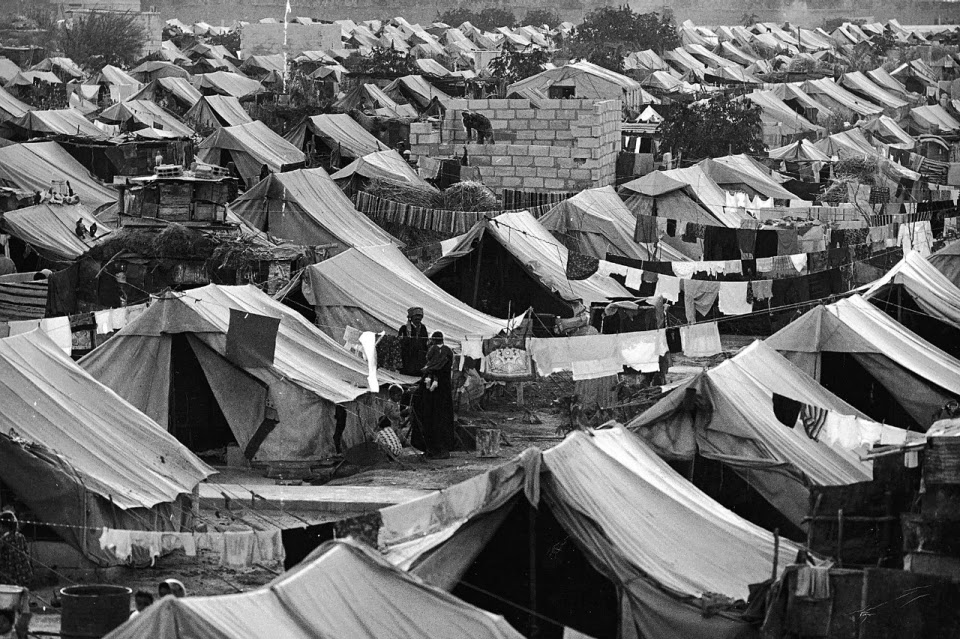The World Bank in 1980 devised the term "involuntary resettlement” to apply to forced evictions carried out in the context of its investment projects. In the parlance of the World Bank and other conforming international and regional financial institutions, "involuntary resettlement refers both to physical displacement (relocation or loss of shelter) and to economic displacement (loss of assets or access to assets that leads to loss of income sources or means of livelihood) as a result of project-related land acquisition[1] or restriction of access to natural resources.”[2] According to the Bank, "Resettlement is considered involuntary when affected individuals or communities do not have the right to refuse land acquisition that results in displacement. This occurs in cases of:
(i) lawful expropriation or restrictions on land use based on eminent domain;[3] and
(ii) negotiated settlements in which the buyer can resort to expropriation or impose legal restrictions on land use if negotiations with the seller fail.”[4]
Despite these distinctions devised for project-implementation purposes within World Bank policy, any displacement of persons in the context of such projects or other development that fails to comply with the legal criteria for a lawful eviction provided in CESCR General Comment No. 7, paras. 15–16 constitutes a form of forced eviction, whether or not the displacement involves some form of planned resettlement. [See Forced eviction]
[1] Land acquisition includes both outright purchases of property and purchases of access rights, such as rights-of-way.
[2] Examples include loss of access to state-owned sub-surface mineral rights by artisanal miners; loss of access to marine fishing grounds due to project activities; restriction of access to resources located within state-determined exclusion zones not acquired by the client; and demonstrated decreases in agricultural, livestock, forest, hunting and fishing yields resulting from project-related disturbance and/or pollution.
[3] Such restriction may include restrictions of access to legally designated nature conservation areas.
[4] See "PR 5: Land Acquisition, Involuntary Resettlement and Economic Displacement,” in Environment and Social Policy (London: EBRD, 7 May 2014), p. 36, at: http://www.ebrd.com/downloads/research/policies/esp-final.pdf. See also World Bank, Environmental and Social Framework Setting Environmental and Social Standards for Investment Project Financing (Washington: World Bank, 4 August 2016), at: http://consultations.worldbank.org/Data/hub/files/consultation-template/review-and-update-world-bank-safeguard-policies/en/materials/the_esf_clean_final_for_public_disclosure_post_board_august_4.pdf.



